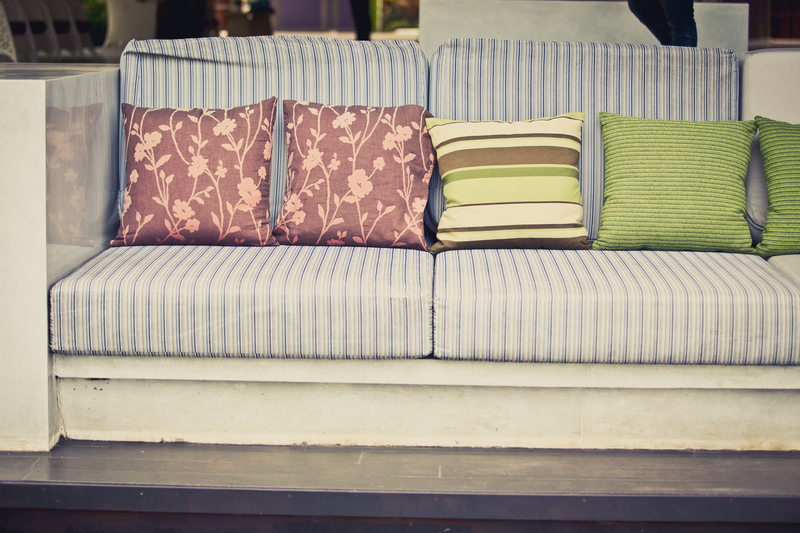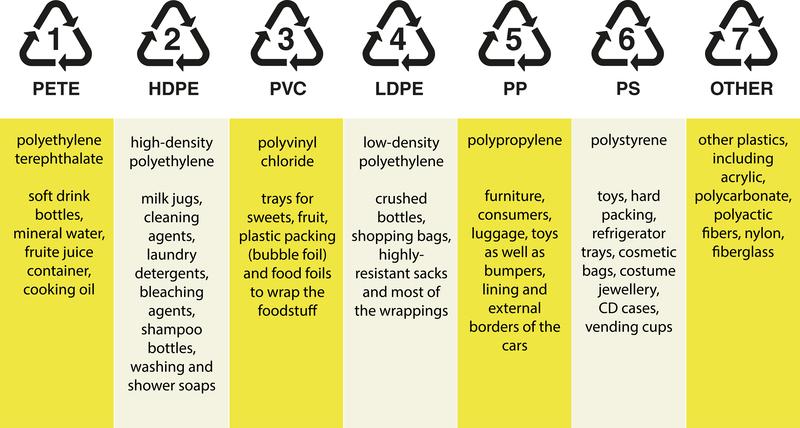Turning Old Cookware into New Treasures Through Recycling
Every home kitchen holds a story, and often, those tales are told by our trusty pots, pans, and utensils. Over the years, cookware succumbs to scratches, dents, and general wear. But instead of simply throwing them away, what if you could turn old cookware into new treasures through recycling? The move toward sustainable living is more than just a trend--it's an essential approach to reducing waste and conserving our environment. In this comprehensive guide, we'll explore the various methods, ideas, and benefits of recycling used cookware, giving you inspiration and steps to make your culinary relics shine again.
Why Should You Recycle Old Cookware?
Old pots, pans, and bakeware may appear destined for the dumpster. However, there are compelling reasons to consider recycling cookware rather than discarding it:
- Environmental Conservation: Disposing cookware in landfills introduces metals and coatings that can leach into soil and water.
- Resource Savings: Recycling reclaimable materials, such as aluminum and stainless steel, conserves raw materials and energy.
- Creative Potential: Repurposed cookware sparks creativity, from functional garden art to stylish home decor.
- Economic Value: Selling or donating recycled cookware supports circular economies and nonprofit organizations.

What Types of Cookware Are Recyclable?
Not every pan or pot is made equally--understanding which materials can be recycled is essential for eco-friendly kitchen practices. Most cookware consists of:
- Aluminum: Recyclable, provided it's free from plastic parts and non-stick coatings.
- Stainless Steel: Readily accepted at metal recycling centers.
- Cast Iron: Durable and fully recyclable, or can be restored for further use.
- Copper: Highly valuable; some specialty centers handle copper recycling.
- Non-Stick (Teflon) Pans: May need special handling; check local facilities for specific guidelines.
- Glass Bakeware: Usually isn't accepted with other glass recyclables, but can be creatively repurposed.
Handle with care: Cooking tools with wooden handles, silicone components, or complex mixed materials might need to be disassembled before recycling.
How to Prepare Old Cookware for Recycling
1. Clean Thoroughly
Remove food residue and grease from all cookware. Many recycling centers require clean metal, as contamination can disrupt the recycling process.
2. Separate Materials
Disassemble cookware if possible. Remove plastic, wood, or rubber handles before placing metal parts in the recycling bin.
3. Identify the Type of Metal
A magnet test helps distinguish between stainless steel (magnetic) and aluminum (non-magnetic). Proper sorting ensures better recycling efficiency.
4. Check Local Recycling Regulations
Municipalities vary: some accept cookware in curbside bins, while others require drop-off at a metal recycling facility. Always contact your local center for guidance.
Methods for Turning Old Cookware into New Treasures
1. Donate, Don't Discard
- Charity shops, thrift stores, and shelters: These organizations often accept gently used cookware for resale or community use.
- Community kitchens, schools, and food pantries: Your old set may become a resource for others.
2. Metal Recycling Facilities
- Most metal cookware (aluminum, stainless steel, cast iron) can be brought to local scrap yards or recycling depots.
- Contact facilities ahead to confirm what materials they accept and whether they require cookware to be stripped of coatings or non-metal attachments.
3. Manufacturer Take-Back Programs
- Some brands offer recycling take-back programs or trade-in promotions for cookware upgrades.
- Research your cookware's manufacturer for any available recycling incentives.
4. Creative Repurposing at Home
Why not breathe new life into old kitchen gear? Upcycling cookware is both fun and eco-friendly. Use creativity to transform old pots and pans into:
- Planters for herbs, flowers, or succulents
- Wall clocks using a pan face as the base
- Kitchen wall art and decorative plaques
- Jewelry holders or desk organizers
- Bird feeders or garden sculptures
Creative Upcycling Ideas for Old Cookware
Repurposing Cast Iron Cookware
Cast iron's legendary durability makes it an excellent candidate for restoration or transformation:
- Refinish and re-season for culinary reuse.
- Convert into rustic serving dishes or planters.
- Turn skillets into wall-mounted art or functional chalkboards.
Aluminum and Stainless Steel Pans
- Paint and stack various sizes for quirky outdoor sculptures or garden features.
- Create unique hanging kitchen lights or lampshades by drilling holes into the pans.
- Use as bases for mosaic tables, or as trays for organizing entryways and desktops.
Old Baking Trays and Muffin Tins
- Repurpose muffin tins as drawer organizers for office supplies or jewelry.
- Convert baking sheets into magnetic boards or chalkboards for notes and reminders.
Transforming Non-Stick Pans
- Use as paint palettes for crafts and art projects (ensure not used for food afterward).
- Apply mosaic tiles or decoupage for wall art.
The Environmental Impact of Cookware Recycling
Recycling old pots and pans delivers substantial positive effects for the environment:
- Reduces landfill waste: Cookware contains materials that contribute to landfill overflow. Recycling or reusing them ensures a longer usable life.
- Conserves natural resources: Aluminum and stainless steel require significant amounts of energy to mine and refine. Using recycled metal minimizes the need for new extraction.
- Decreases carbon emissions: The recycling process uses less energy than manufacturing from raw materials, resulting in a smaller carbon footprint.
If every household embraced recycling used kitchenware, the collective impact would be significant--both on resource conservation and climate change mitigation.
Tips for Choosing More Sustainable Cookware in the Future
While recycling old kitchen items is important, preventing unnecessary waste begins with intentional purchasing. Here's what to consider:
- Material Choice: Opt for cookware made from easily recyclable materials, such as stainless steel, cast iron, or anodized aluminum.
- Durability: Invest in high-quality, long-lasting cookware that won't need frequent replacement.
- Modular Designs: Products with replaceable parts (like handles or lids) can extend the life of your cookware.
- Repairability: Select brands that offer repair services or spare parts.
Making informed choices helps decrease future waste and supports a circular kitchen economy.

Frequently Asked Questions About Recycling Old Cookware
-
Q: Can I recycle all non-stick pans?
A: Non-stick coatings complicate recycling. Check with your local recycling center to see if they accept these pans or recommend specialized drop-off options. -
Q: Do I need to remove plastic or wooden handles from pots and pans?
A: Yes, wherever possible. Most recycling centers require only metal parts. Handles can usually be unscrewed or pried away. -
Q: Is it safe to use recycled cookware for food?
A: If you're restoring old cookware for kitchen use, ensure it's free from rust and coatings are in good condition. Avoid using old non-stick pans for cooking if the coating is worn. -
Q: Where can I recycle broken glass bakeware?
A: Glass bakeware, like Pyrex, cannot be recycled with bottles/jars due to different melting points. Look for specialty recycling events or upcycle them for crafts and storage. -
Q: How can I find local recycling drop-off sites?
A: Visit your municipal website or recycling directories online. Search using keywords like "old cookware recycling near me" or "scrap metal recycling" for up-to-date options.
Conclusion: Give Your Old Cookware a Second Life
Discarding worn-out pots and pans is easy--but transforming them through kitchenware recycling or upcycling is a step towards sustainability and creative living. Whether you donate, recycle, or repurpose, each action helps close the waste loop and reduces your environmental impact. Next time you clean out your cabinets, remember: your old frying pan may just become tomorrow's garden planter, art piece, or organizational tool. With a bit of inspiration and care, turning old cookware into new treasures through recycling is a rewarding choice for you and the planet.
Ready to start your own cookware recycling journey?
Begin today--your kitchen, your home, and the earth will thank you. Share your creative recycling projects or local tips in the comments, and help inspire others to join the movement!
